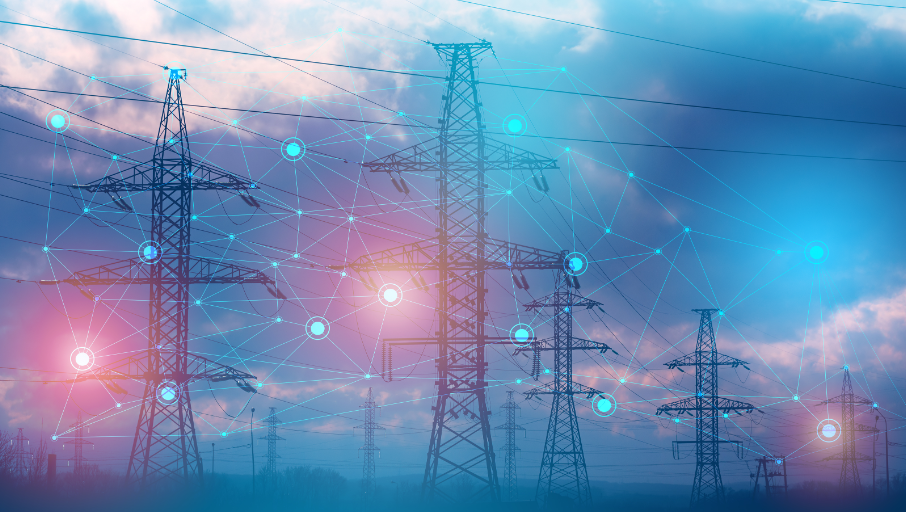
By Glory Justin, doctoral candidate of electrical engineering
How many robots does it take to change a light bulb?
The world we live in today is very smart. We have smart versions of literally everything — smart phones, smart watches, and even smart underwear. But one thing we failed to realize is that the smarter the world gets, the more we need electricity. It has become such a big part of our lives that whenever the power goes out, everything is disrupted: there is no Wi-Fi, no microwave, you can’t work, etc.
And it’s not just that our lives are disrupted, but that people can also lose their lives when a power outage happens. In February of 2021, 57 people lost their lives due to a power outage in Texas and billions of losses occurred in businesses.
To prevent these outages from happening, electricity companies have monitoring tools that show when a grid is unstable so issues can be corrected before the power goes out. However, a lot of these tools are ancient — they’re slow and they do not work as efficiently as they did in the past.
Today we use artificial intelligence (AI) to solve all our problems. We use it to write. We use it to create fake photos and to tell which photos are fake. So why can’t we use AI to fix our power grids? My research sets out to do just this.
How will we accomplish this? A lot of us are familiar with facial recognition. With facial recognition, we use AI to identify one face from millions or billions of other faces. If AI can recognize one face from millions or billions of faces on this planet, then surely AI can tell when a power grid is unstable.
The first step is to create pictures for the AI system. These pictures are a snapshot of important quantities at different parts of the grid. They let us know how the grid is functioning at a particular time.
The next step is to train AI to recognize pictures of stable and unstable operating conditions. After training, AI can detect instabilities in a power grid with up to 95% accuracy, and it cuts down the time needed for analysis from minutes to less than a second. This means that we can perform this analysis multiple times and identify instabilities much quicker, thus preventing power outages from happening.
With this technology, we can avoid disrupting our everyday lives; we can make sure there is electricity for all our smart gadgets; and we can also save people’s lives and prevent all the associated losses.
So how many robots does it take to change a light bulb? Beats me…who needs robots for that? The important question we should be asking is how many robots, how many AI systems, will it take to change the world?

